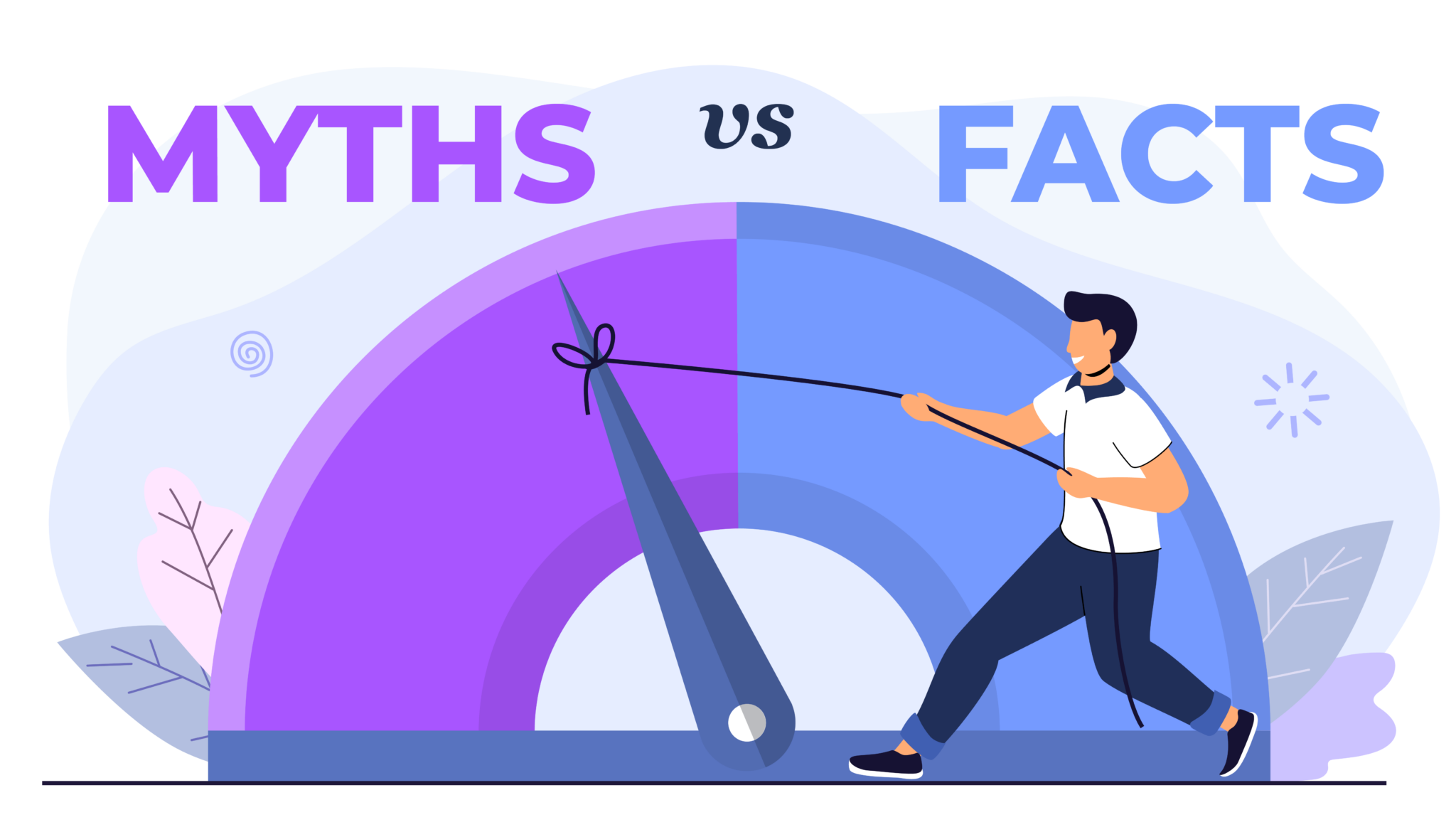Truth be told, the concept of ad viewability (and how to increase it) has been a hot topic across the advertising industry for quite some time. The metric, which refers to how visible ads on a website or mobile app are to users, can lead to billions of ad dollars wasted if not high enough or accurately measured.
The Interactive Advertising Bureau (IAB) and Media Ratings Council (MRC), both define viewability as “at least 50% of a video ad’s pixels must appear on-screen for at least 2 consecutive seconds.” Adding to the importance of this number is the fact that increasing video ad viewability from 50% to 90% can result in over 80% revenue uplift across desktop and mobile. That’s a pretty big increase. So, why is there still so much confusion and hesitation about viewability?
Let’s take a moment to examine the top myths surrounding viewability and break each of them down.
vRPM is the future
vRPM, also known as viewable RPM or RPMv, refers to page revenue per 1K viewable impressions. It is calculated by dividing your earned revenue from the technology provider a publisher is working with by the number of viewable page views with video ads, multiplied by 1,000.
Unfortunately, this formula completely obscures the money lost from non-viewable impressions. When technology or demand-side partners start bragging about having a theoretically higher “viewable RPM,” ask to see the math as it’s most certainly not an accurate representation of whether or not video ads are actually being seen by your audience.
One metric fits all
Many technology companies have their own individual definitions of what viewability is and how to measure it. Publishers should be conscious of their partners’ evolving definitions, including those held by third-party verification tools such as Moat, DoubleVerify, or Integral Ad Science.
As with every important metric with advertising, there will be a player touting its own way of measuring. For example, GroupM’s video viewability standards state that native and outstream video ads must be 100% in view and play to at least 50% completion. They can play with or without sound, and be autoplayed or user-initiated. In-feed video ads must be 100% in view, with or without sound, autoplayed or user-initiated.
Other large agencies may have different standards. At the end of the day, advertisers will flock towards whatever is most widely adopted.
Sticky players are bad
By now, our readers should know this is downright false. Sticky players, also known as adhesive units or highly viewable players, lock in a specific location on the screen as users scroll and help ensure that your ad will be seen. When built with UX in mind, sticky players not only work but they also repeatedly win outsized engagement, as seen in the success of videos delivered via YouTube, Facebook, and EX.CO.
With as many as one-third of all digital ads going unseen by consumers, according to the IAB, implementing sticky players is an easy way for publishers to quickly increase viewability. EX.CO offers several varieties of sticky players including top, bottom, biopositional, and AMP.
Not everyone can monetize video
False, false, false. Did I mention that this is false?
Even publishers with zero existing video content can engage and monetize audiences with content libraries and video player technology. With EX.CO, publishers can also tap into RSS or MRSS feeds to generate video content from existing content on their website.
Publishers also have the ability to tap into their own demand sources via direct sales channels, add EX.CO’s demand, or use a combination of both. This simple act of adding video advertisements into the video player will not only increase engagement but also a new, meaningful revenue stream.
With EX.CO, video ads are personalized and more relevant to a publisher’s audience due to the AI and machine-learning capabilities built into the EX.CO platform.
Want to learn more about ad viewability and how EX.CO can help solve your viewability challenges?
Download our ebook entitled, "The Science of Viewability and Beyond: A Publisher's Guide to Maximizing Revenue," and get in touch with us below.
